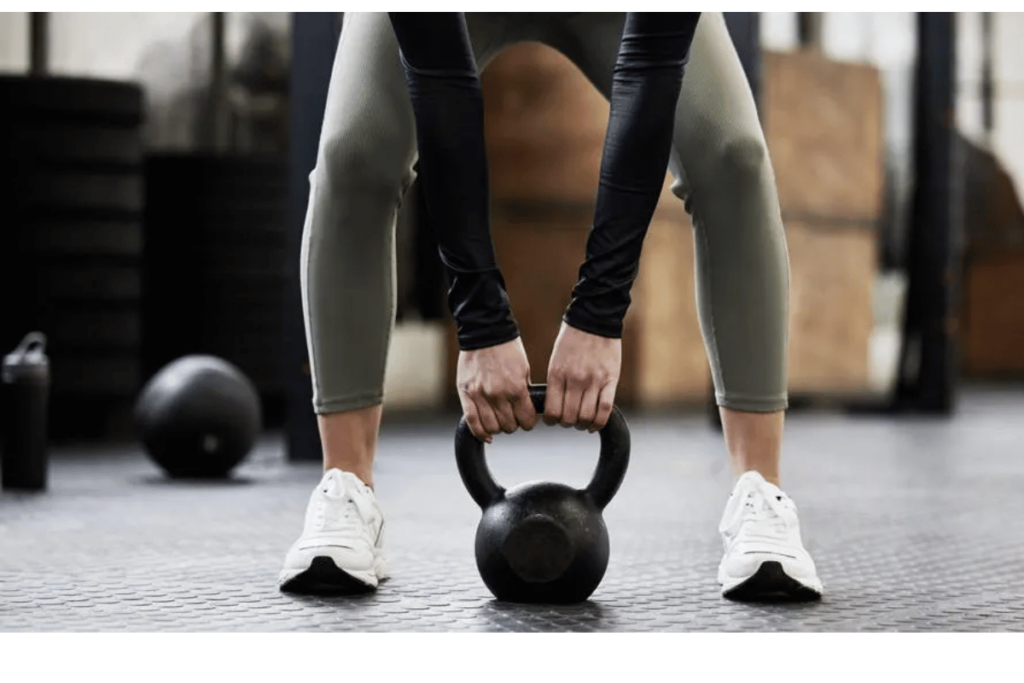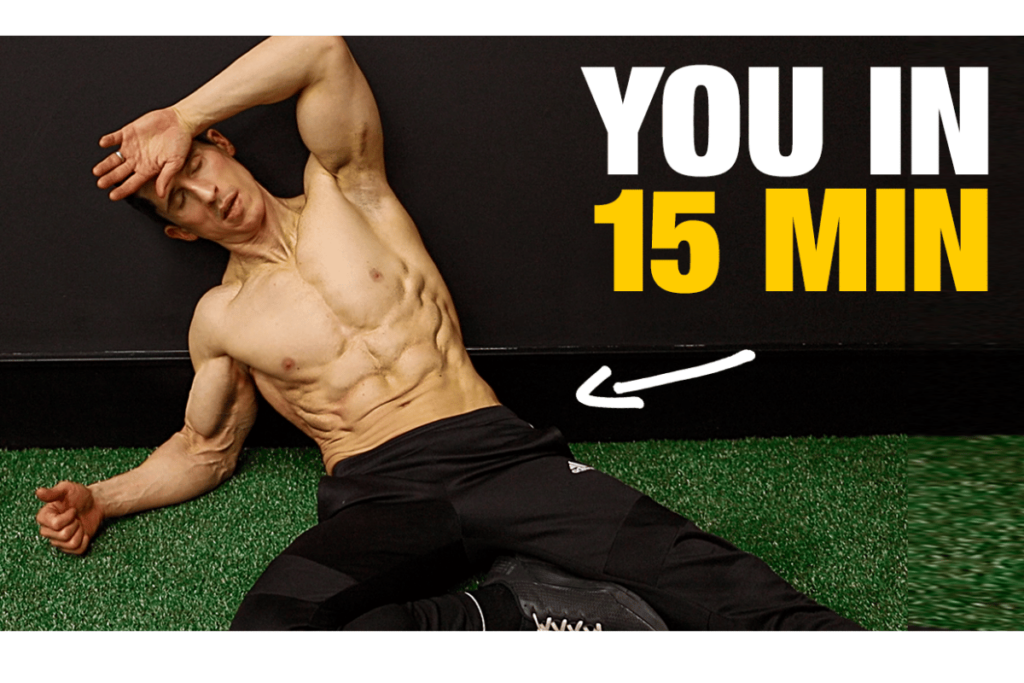In the quest for a healthier and more sculpted physique, identifying the best fat burning exercises is paramount. It’s no secret that shedding excess fat is a common goal for many individuals looking to improve their overall well-being. However, not all exercises are created equal when it comes to burning fat efficiently. This article delves into the realm of fat loss and explores the research findings that unveil the most effective fat-burning exercises.

best fat burning exercises
Research plays a pivotal role in determining which exercises are most effective for fat loss. Experts in the fitness and health industry continually strive to uncover the most efficient and sustainable methods to help individuals achieve their weight loss goals. This research not only guides fitness enthusiasts but also provides valuable insights for health professionals, trainers, and anyone on a weight loss journey.
Now, let’s embark on a journey through the world of fitness and explore the exercises that have been scientifically proven to be the best at melting away those stubborn layers of fat. From high-intensity interval training (HIIT) to strength training and cardiovascular workouts, we’ll cover a range of exercise modalities that can help you achieve your fat loss goals and attain the body you desire. So, fasten your seatbelt and get ready to discover the most effective fat-burning exercises that can transform your fitness journey.
High-Intensity Interval Training (HIIT) as a Top Fat Burner
When it comes to burning fat efficiently and effectively, one of the standout methods supported by research is High-Intensity Interval Training (HIIT). HIIT has gained immense popularity in recent years for its ability to deliver remarkable results in a relatively short amount of time.
So, what exactly is HIIT? It’s a workout technique that involves short bursts of intense exercise followed by brief periods of rest or lower-intensity activity. This approach not only gets your heart rate up but also pushes your body to its limits, resulting in substantial fat loss.
The science behind HIIT is compelling. Studies have shown that these quick, intense bursts of exercise can boost your metabolism significantly, helping you burn more calories both during and after your workout. This phenomenon, known as the “afterburn effect” or excess post-exercise oxygen consumption (EPOC), means your body continues to burn calories even when you’re at rest.
Moreover, HIIT workouts are incredibly versatile. They can be tailored to your fitness level, whether you’re a beginner or a seasoned athlete. Some common HIIT exercises include sprinting, cycling, jumping jacks, and burpees, among others.
The benefits of HIIT extend beyond fat burning. Research suggests that it can also improve cardiovascular health, increase muscle strength, and enhance insulin sensitivity. This makes HIIT a well-rounded approach to overall fitness and well-being.
Incorporating HIIT into your fitness routine doesn’t require hours at the gym. With sessions typically lasting 15-30 minutes, it’s a perfect solution for individuals with busy schedules. Whether you’re aiming to shed those extra pounds or simply want to improve your fitness level, HIIT stands as a top-tier option in the world of fat loss exercises.
In the subsequent sections, we will delve into other effective exercises and fitness modalities that complement HIIT in your quest for optimal fat burning and a healthier you.
Strength Training: Building Muscles to Burn Fat
In the pursuit of effective fat loss methods, another crucial component to consider is strength training. While many associate strength training primarily with building muscles, it plays a pivotal role in achieving and maintaining a lean and healthy physique.
Strength training involves lifting weights or engaging in resistance exercises to build and tone muscles. But how does it relate to burning fat? The connection lies in the profound impact that lean muscle mass has on your metabolism.
Muscle tissue is metabolically active, meaning it requires energy (calories) to sustain itself. The more muscle you have, the higher your resting metabolic rate becomes. In simpler terms, even when you’re at rest, your body burns more calories if you have more muscle mass. This is why strength training is often referred to as one of the best ways to promote fat loss.
As you engage in strength training exercises, you create small tears in your muscle fibers. In the process of repairing these tears, your body expends energy, contributing to calorie expenditure. Over time, this continuous cycle of tearing and repairing muscle tissue not only leads to muscle growth but also helps you shed unwanted body fat.
Effective strength training exercises can include a variety of movements such as squats, deadlifts, bench presses, and rows. These compound movements engage multiple muscle groups simultaneously, ensuring a comprehensive workout.
In the upcoming sections, we will explore other exercise modalities and their contributions to fat burning. Understanding the synergy between these different approaches will empower you to create a well-rounded fitness plan tailored to your goals.
Cardiovascular Workouts for Effective Fat Loss
When it comes to effective fat loss, integrating cardiovascular workouts into your fitness routine is a proven strategy. Cardio exercises, also known as aerobic exercises, are a cornerstone of any successful weight loss journey.

best fat burning exercises
But why are cardio workouts so effective in helping you shed those extra pounds? Let’s dive into the science behind it.
Cardiovascular exercises elevate your heart rate and increase your breathing rate. This heightened physiological response translates into burning a substantial number of calories during your workout. Whether you choose activities like running, cycling, swimming, or even brisk walking, the common thread is that they get your heart pumping and your body moving.
Cardio workouts are especially efficient at targeting stored body fat as an energy source. As you engage in sustained, rhythmic movements, your body taps into its fat stores for fuel, gradually reducing fat reserves over time. This is why consistent and moderately intense cardio sessions are often recommended for those looking to achieve fat loss.
Moreover, the benefits of cardiovascular workouts extend beyond calorie burning. They can also improve cardiovascular health by strengthening your heart, increasing lung capacity, and enhancing overall endurance. These enhancements not only aid in fat loss but also contribute to your general well-being.
Incorporating cardio exercises into your fitness routine can be enjoyable and versatile. You have the flexibility to choose activities that align with your interests and fitness level. Whether you prefer the rush of a sprint or the tranquility of a long bike ride, there’s a cardio workout suited to your preferences.
As you continue reading, we’ll explore additional aspects of fat-burning exercises, including the power of compound movements and how they can optimize your journey toward a healthier, more energetic you.
The Power of Compound Movements for Fat Burn
In the realm of fat burning exercises, one concept that stands out is the utilization of compound movements. These exercises, characterized by engaging multiple muscle groups simultaneously, are not only efficient but also highly effective when it comes to torching excess fat.
To understand the significance of compound movements, it’s crucial to recognize their impact on your body’s energy expenditure and muscle engagement. When you perform compound exercises like squatting, deadlifting, or pull-ups, you’re recruiting a wide range of muscles to work together harmoniously.
This simultaneous activation of muscle groups results in a higher demand for energy, which translates to increased calorie burning during your workout. Additionally, the muscle engagement persists even after you’ve completed your exercise routine, as your body requires time and energy to repair and recover.
The concept of muscle synergy plays a vital role here. It means that when various muscle groups collaborate, they enhance each other’s performance, making your workouts more efficient. As you progressively challenge your muscles with compound movements, you not only build strength but also support fat loss by accelerating your metabolism.
Examples of compound exercises include the squat, a full-body movement that primarily targets the legs and core, and the deadlift, which engages the back, legs, and glutes. Incorporating these exercises into your fitness routine can yield remarkable results in terms of fat burning and overall body composition improvement.
In addition to their efficiency, compound movements add variety and excitement to your workouts, keeping you motivated on your fitness journey. The holistic approach they offer ensures that you’re not only working towards a leaner physique but also building functional strength.
As we proceed, we’ll delve deeper into various fat-burning exercises, providing you with a comprehensive understanding of how to integrate them into a well-balanced fitness regimen.
best fat burning exercises
References and Further Reading
- Tremblay, A., Simoneau, J. A., & Bouchard, C. (1994). Impact of exercise intensity on body fatness and skeletal muscle metabolism. Metabolism, 43(7), 814-818.
- Gibala, M. J., Little, J. P., Macdonald, M. J., & Hawley, J. A. (2012). Physiological adaptations to low‐volume, high‐intensity interval training in health and disease. The Journal of Physiology, 590(5), 1077-1084.
- Hunter, G. R., Bryan, D. R., Wetzstein, C. J., Zuckerman, P. A., & Bamman, M. M. (2002). Resistance training and intra-abdominal adipose tissue in older men and women. Medicine & Science in Sports & Exercise, 34(6), 1023-1028.
- Blair, S. N., Kampert, J. B., Kohl III, H. W., Barlow, C. E., Macera, C. A., Paffenbarger Jr, R. S., & Gibbons, L. W. (1996). Influences of cardiorespiratory fitness and other precursors on cardiovascular disease and all-cause mortality in men and women. JAMA, 276(3), 205-210.
- Schoenfeld, B. J., Grgic, J., Ogborn, D., & Krieger, J. W. (2017). Strength and hypertrophy adaptations between low- vs. high-load resistance training: a systematic review and meta-analysis. The Journal of Strength & Conditioning Research, 31(12), 3508-3523.
- American College of Sports Medicine. (2013). ACSM’s guidelines for exercise testing and prescription. Lippincott Williams & Wilkins.
- Zatsiorsky, V. M., & Kraemer, W. J. (2006). Science and practice of strength training. Human Kinetics.

